The harlequin bug is a southern insect ranging from the Atlantic to the Pacific. This insect is rarely found north of Colorado and Pennsylvania. It first spread over the south from Mexico shortly after the Civil War.
A generation of the harlequin bug requires 50 to 80 days. The life cycle consists of three stages: egg, nymph and adult. Harlequin bugs pass the winter as adults and true hibernation is doubtful.
Nymphs: There are five or six nymphal instars that feed and grow for four to nine weeks before they are capable of mating and laying eggs. The head coloration of the nymphs ranges from pale orange (in 1st instar), darker (in 2nd to 4th) to black (in 5th instar). Antennae of first instars are colorless and become darker to black with each progressive molt. The thorax ranges from pale orange in 1st instars to a final pattern of scarlet, white, yellow and black in the 5th or 6th instars. The abdomen coloration progresses similarly to that of the thorax, getting more showy with each progressive molt.
Plants commonly attacked by the harlequin bug include such crucifers as horseradish, cabbage, cauliflower, collards, mustard, Brussels sprouts, turnip, kohlrabi and radish. In the absence of these favorite hosts, tomato, potato, eggplant, okra, bean, asparagus, beet, weeds, fruit trees and field crops may be eaten.
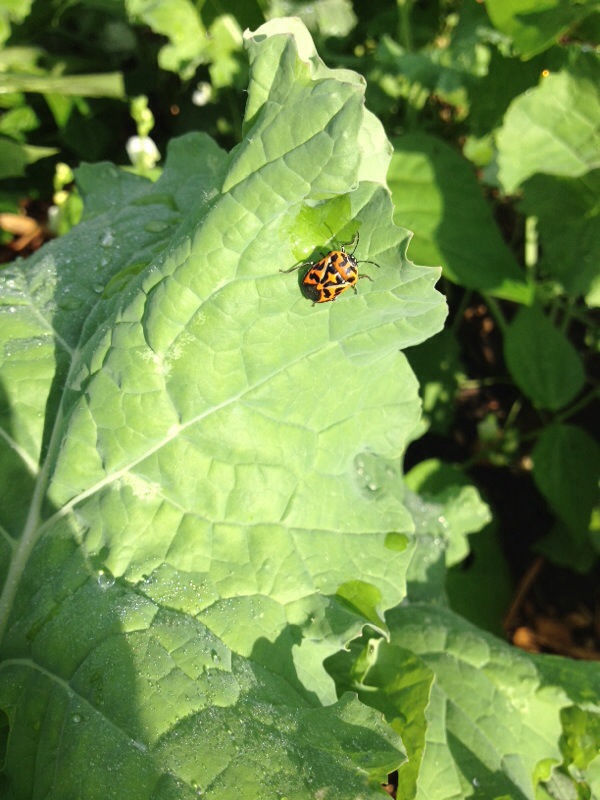
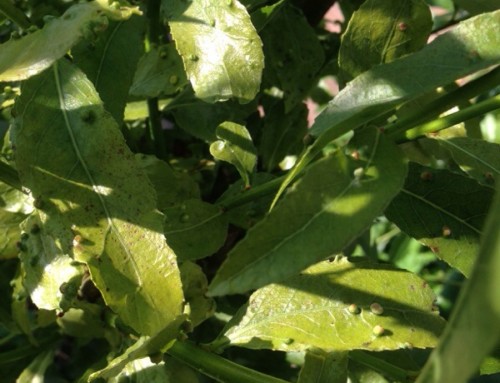
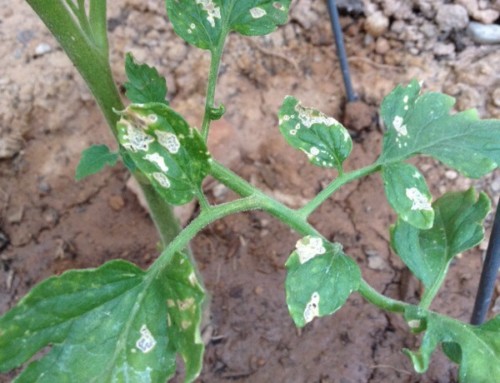
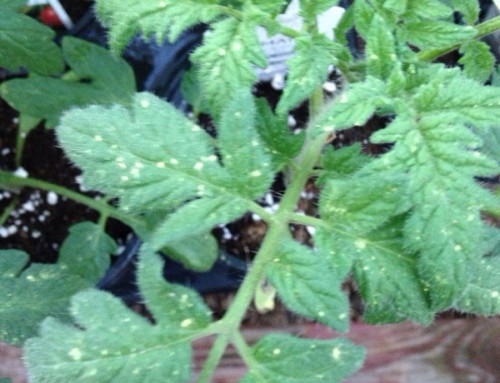
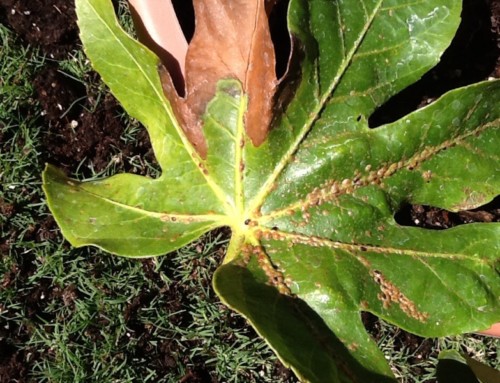
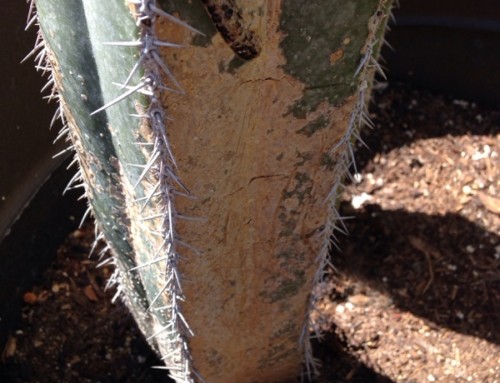
Leave A Comment